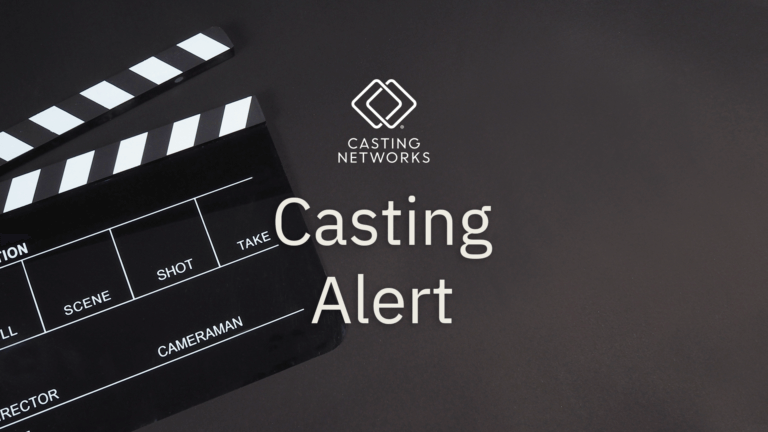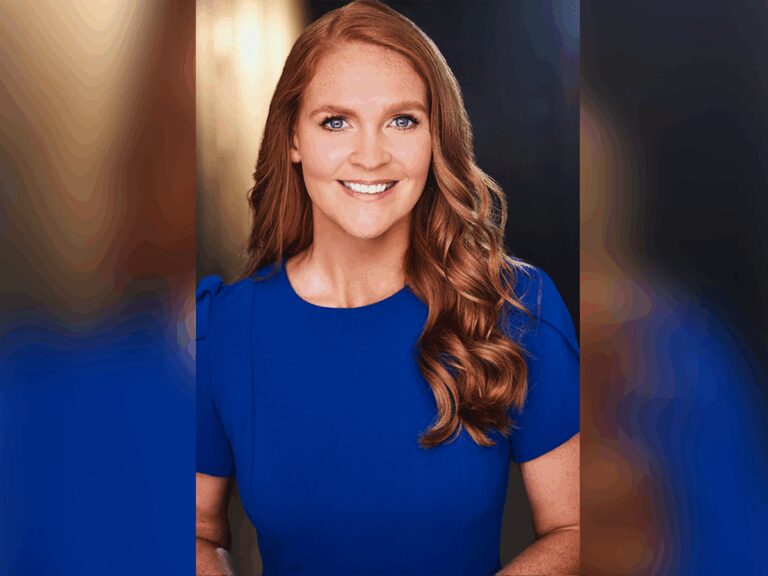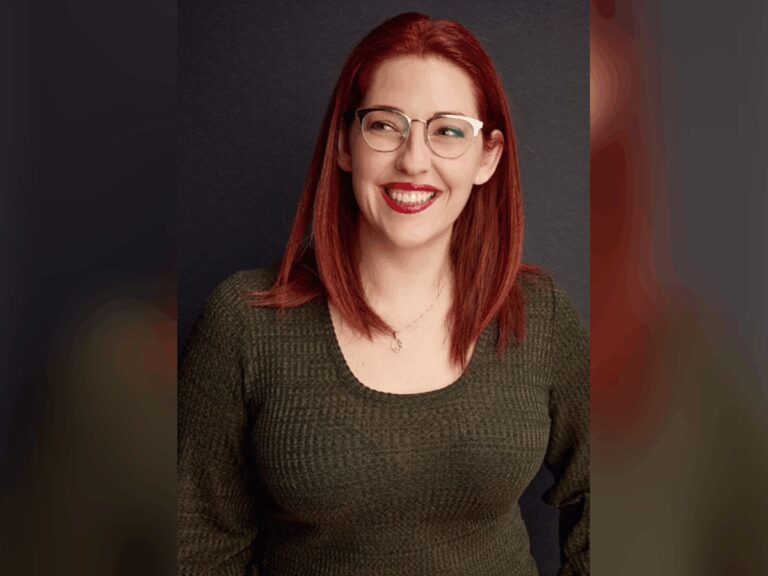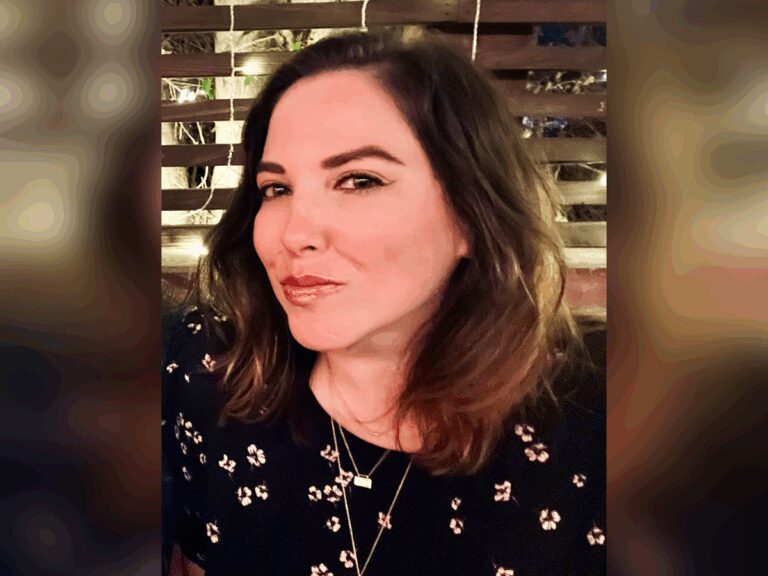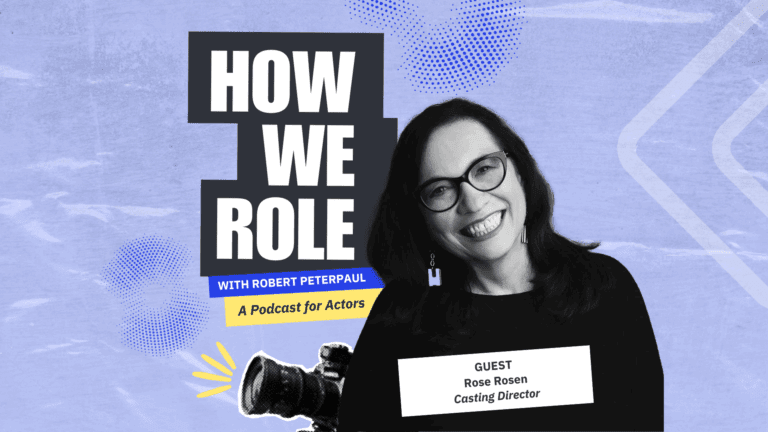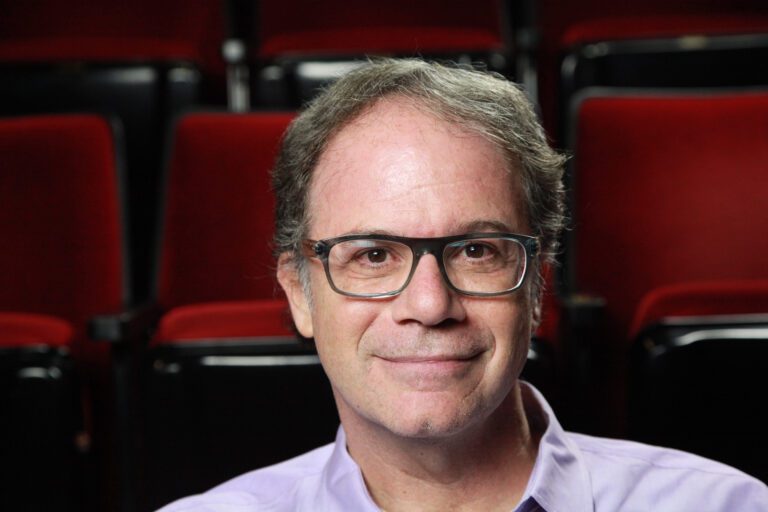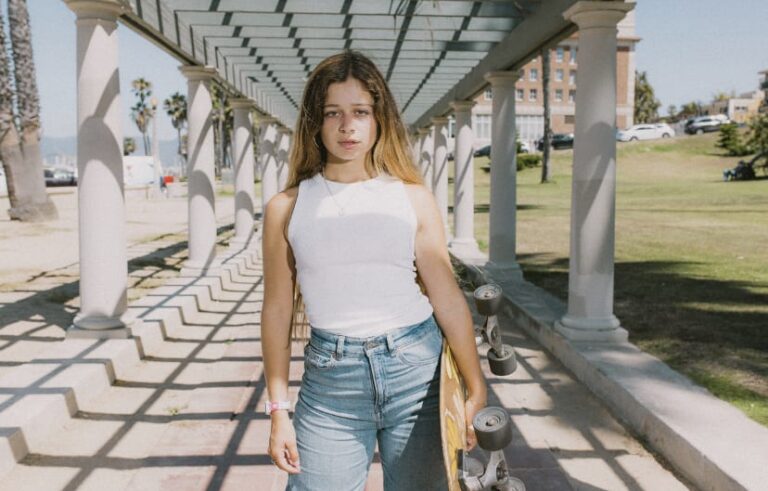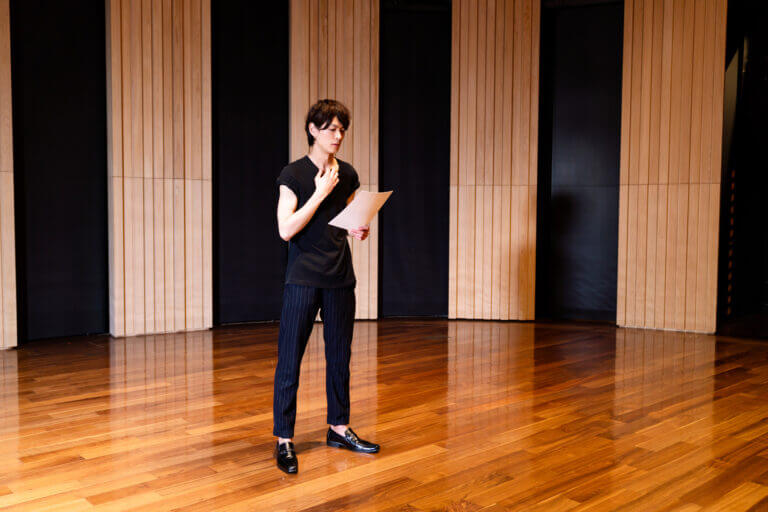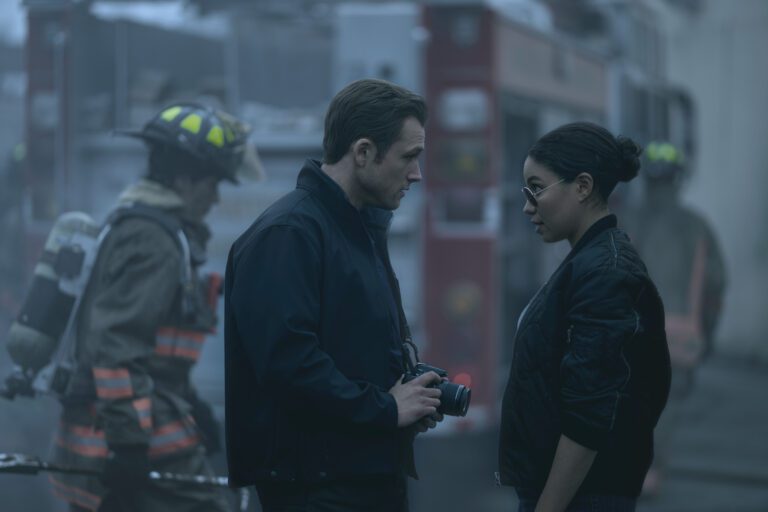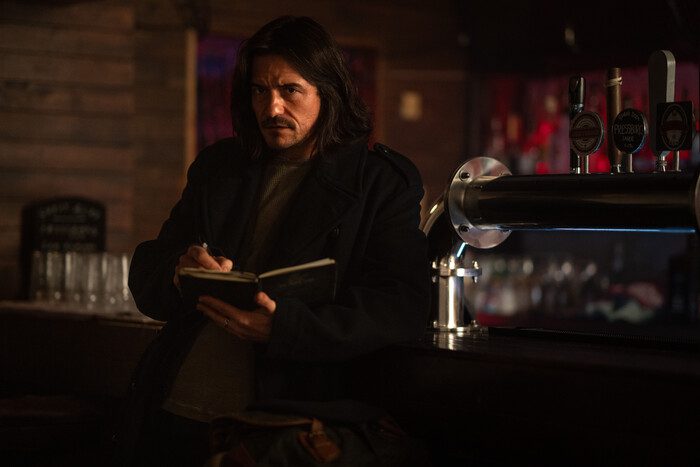Tom Keegan is a BAFTA-nominated video game performance director known for his work on the Wolfenstein and Battlefield series, as well as Star Wars Jedi: Fallen Order. And with a busy slate, Keegan still found time to virtually sit down with Casting Networks, providing a window into the profession. Keep reading to learn what a day in his life looks like, along with some insight for actors interested in video game performance work.
It’s nice to virtually meet you, Tom, and I’d love to kick things off with your morning. How does an average on-set day begin?
I basically start every day in the same way, which is with a little meditation as soon as I wake up. I’ve practiced this for many years because it helps keep me really centered and connected. Meditation allows me to start my day off calm and focused before beginning my routine. I walk to my neighborhood coffee shop, get a chai latte, and then walk back. It’s “me time” during which I can also ruminate over any scenes that I’m still thinking about, as well as the theme of that day’s warmup. At the beginning of every rehearsal and performance capture day in the studio, I lead a 20 to 30-minute sound and movement warmup for the actors that works the voice and body, as well as a presence exercise. And usually, I let that come from whatever occurs to me during my daily morning walk.
How about once you get to set?
Once I get to the studio, I’m pretty much on the go for the rest of the day. I’ll first visit with all the actors, touching base with everyone. Then I warm up myself a little bit before leading the group warmup. If it’s a rehearsal day, I’ll be sketching every minute, creating and inventing. Plus, I need to touch in with all the other departments because there are many collaborators involved in making a video game. For example, there’s the animation department, the narrative department, the camera people, and the technicians. So I check in to see if there’ve been any changes with them, if all their needs are being met, and if there’s anything they want to discuss. Then we start working.
What about on filming days?
Performance capture is a vigorous job. We’re working with skeleton sets, and because it’s all taking place at the same studio, we don’t have to deal with weather or traffic. So we just go and go. The scenes work like theater in that we shoot them from start to finish. If one little thing goes wrong, we have to go back and shoot it all again from the very top. That means that everyone has to be good and know their lines. Every once in a while, if the scene turns out fantastically with the exception of one flubbed line, we can go back and fix it with ADR. But normally, we want to get a clean scene in which everybody is good. As the length of a scene or the number of actors in it increases, so does the chance of a mistake happening before it ends. So actors need to really be on their toes, and the key to that is knowing their lines well and coming in prepared. They should also be able to improvise if need be. As we go through the takes, I’ll give adjustments, and a lot of times it’s just a matter of relaxing into the material. I’ll give some kind of an action or intention, a singular focus for the actors to freshen up the take. Then once we’re done with filming for the day, after I’ve said goodbye to the actors and checked in with all the departments, I’ll do a cooldown. I’ll stretch and let go of any tightness or tension my body or voice might’ve picked up. So by the time I go home, I’ve touched back into the same state of being centered as when I started.
I admire all the mindfulness that goes into your work. And what’s an average day look like when you’re not on set?
In general, those days involve preparation. That includes a combination of administering my company, checking in on schedules, reading over material, and looking at videos of rehearsals. I go through the script I’m working on and find a spine for each character. Then I look at the scenes and brainstorm what I think will make them work. I’ll research any themes that come up in the scenes, as well as any terms that I don’t know or don’t understand. If it’s a historical project, I’ll do some reading about that period in history. I’ve done quite a few games based on World War I, World War II, and post-war times so there’s a lot of research that goes into those. Plus, I still do my warmups every morning I’m not on set, as well. I also do some physical work because I think it’s important to stay true to the discipline of doing a little something every day. I started off as an actor, and I think that artists as a whole need to take care of their instrument, connecting with their voice and body.
That sounds like very good advice. Any other wisdom for actors interested in video game performance work?
I like to remind actors that a career is a long-term thing. Some people get their big break early on, and for others, it takes a while. But the longer you’re around and working at it, the more people will get to know you and send opportunities your way. I find that to be particularly true in the performance capture world. I’m looking for actors that I know are reliable, healthy, and can come in and do the work because there’s a lot at stake. The demands to deliver are high since performance capture is expensive to shoot. So just continue to work at the craft. I like to tell people to have faith and stay in the game in whatever way they can.
Before we wrapped, Keegan revealed the key to his work as a video game performance director. “My job is to make an atmosphere where people feel safe and creative and supported,” he noted. “We’re all just doing the work.” Those interested in getting a further glimpse into Keegan’s profession can check out his Instagram and Facebook pages, along with his website.
From creating movie magic to keeping the books, Staff Me Up has all of the latest behind-the-scenes jobs. Find your next job today.
—
This interview has been edited and condensed.
